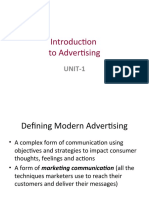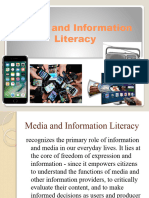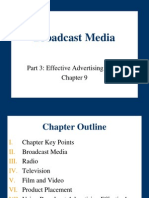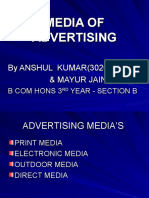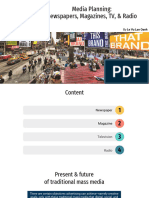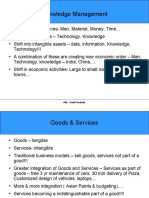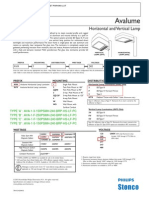0% found this document useful (0 votes)
31 views8 pagesUnderstanding Advertising Media
The document provides an overview of advertising media, detailing the evolution, strengths, and limitations of print, radio, and television advertising, as well as modern formats like podcasts and digital advertising. It emphasizes the importance of understanding these channels for effective advertising strategies in a competitive landscape. Additionally, it addresses ethical concerns and critiques related to advertising practices and their societal impacts.
Uploaded by
rahulkfriendsCopyright
© © All Rights Reserved
We take content rights seriously. If you suspect this is your content, claim it here.
Available Formats
Download as PDF, TXT or read online on Scribd
0% found this document useful (0 votes)
31 views8 pagesUnderstanding Advertising Media
The document provides an overview of advertising media, detailing the evolution, strengths, and limitations of print, radio, and television advertising, as well as modern formats like podcasts and digital advertising. It emphasizes the importance of understanding these channels for effective advertising strategies in a competitive landscape. Additionally, it addresses ethical concerns and critiques related to advertising practices and their societal impacts.
Uploaded by
rahulkfriendsCopyright
© © All Rights Reserved
We take content rights seriously. If you suspect this is your content, claim it here.
Available Formats
Download as PDF, TXT or read online on Scribd
/ 8












